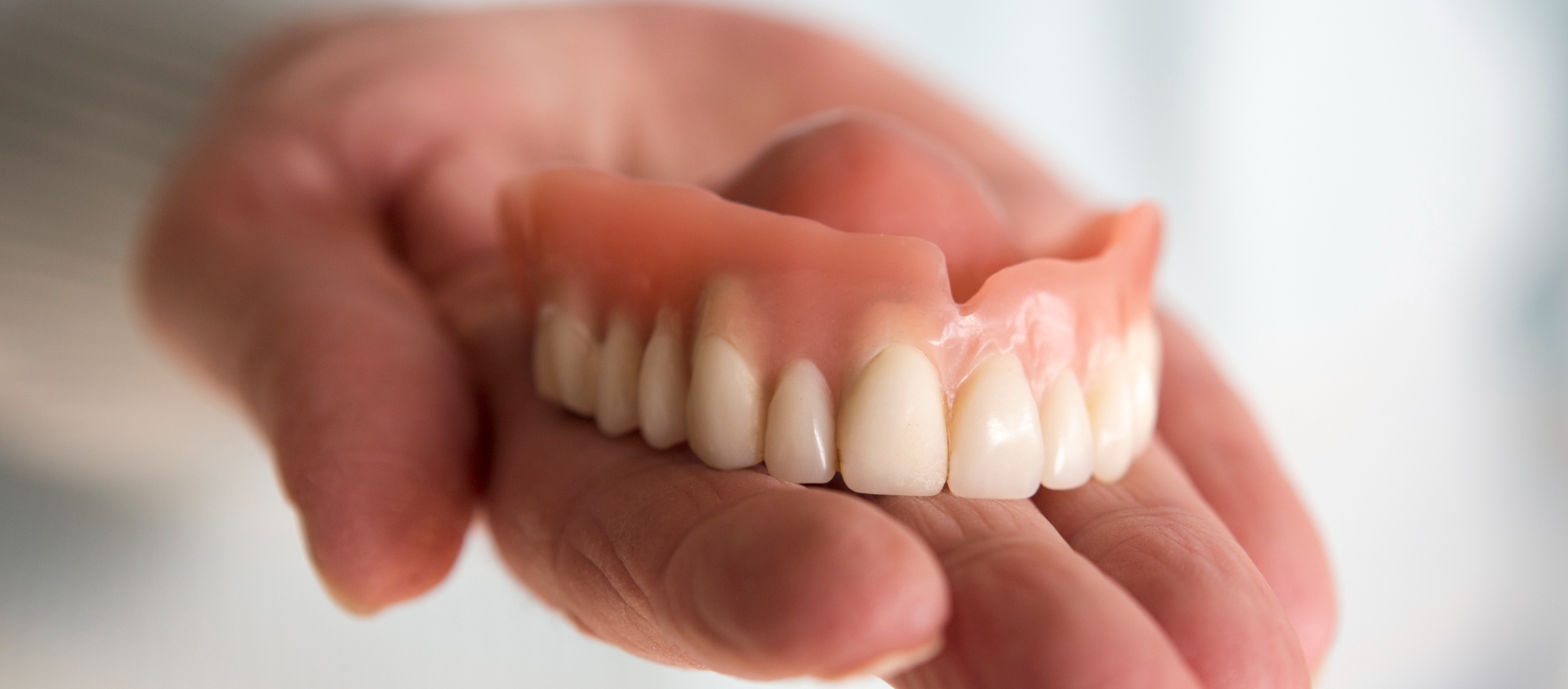12 Jun History of Dentures
As early as the 7th century BC, Etruscans in northern Italy made partial dentures out of human or other animal teeth fastened together with gold bands. The Romans had likely borrowed this technique by the 5th century BC.
Wooden full dentures were invented in Japan around the early 16th century. Softened bees wax was inserted into the patient’s mouth to create an impression, which was then filled with harder bees wax. Wooden dentures were then meticulously carved based on that model. The earliest of these dentures were entirely wooden, but later versions used natural human teeth or sculpted pagodite, ivory, or animal horn for the teeth. These dentures were built with a broad base, exploiting the principles of adhesion to stay in place. This was an advanced technique for the era; it would not be replicated in the West until the late 18th century. Wooden dentures continued to be used in Japan until the Opening of Japan to the West in the 19th century.
In 1728, Pierre Fauchard described the construction of dentures using a metal frame and teeth sculpted from animal bone.The first porcelain dentures were made around 1770 by Alexis Duchâteau. In 1791, the first British patent was granted to Nicholas Dubois De Chemant, previous assistant to Duchateau, for ‘De Chemant’s Specification’:
a composition for the purpose of making of artificial teeth either single double or in rows or in complete sets, and also springs for fastening or affixing the same in a more easy and effectual manner than any hitherto discovered which said teeth may be made of any shade or colour, which they will retain for any length of time and will consequently more perfectly resemble the natural teeth.
He began selling his wares in 1792, with most of his porcelain paste supplied by Wedgwood.[16][17]
17th century London’s Peter de la Roche is believed to be one of the first ‘operators for the teeth’, men who advertised themselves as specialists in dental work. They were often professional goldsmiths, ivory turners or students of barber-surgeons.
In 1820, Samuel Stockton, a goldsmith by trade, began manufacturing high-quality porcelain dentures mounted on 18-carat gold plates. Later dentures from the 1850s on were made of Vulcanite, a form of hardened rubber into which porcelain teeth were set. In the 20th century, acrylic resin and other plastics were used. In Britain, sequential Adult Dental Health Surveys revealed that in 1968 79% of those aged 65–74 had no natural teeth; by 1998, this proportion had fallen to 36%.
George Washington
Main article: George Washington’s teeth
George Washington (1732–1799) suffered from problems with his teeth throughout his life, and historians have tracked his experiences in great detail. He lost his first adult tooth when he was twenty-two and had only one left by the time he became president. He had several sets of false teeth made, four of them by a dentist named John Greenwood. None of the sets, contrary to popular belief, were made from wood or contained any wood.The set made when he became president were carved from hippopotamus and elephant ivory, held together with gold springs. Prior to these, he had a set made with real human teeth, likely ones he purchased from “several unnamed Negroes, presumably Mount Vernon slaves” in 1784.


No Comments